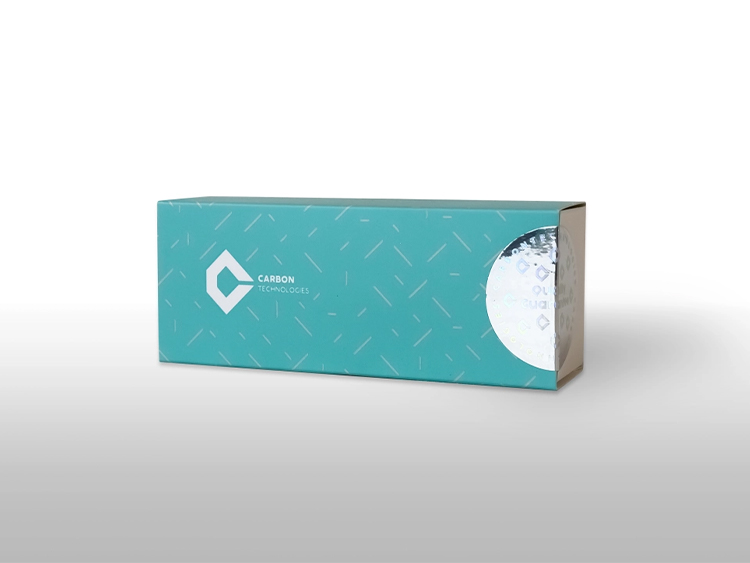Stark SARS-CoV-2 & Influenza A/B Molecular Diagnostic Kit
Catalog Number: ST242003
Package Specification: 96 Preps/Kit
Intended use
The Stark SARS-CoV-2 & Influenza A/B Molecular Diagnostic Kit is a multiplex Real-Time RT-PCR assay intended for the simultaneous qualitative detection and differentiation of SARS-CoV-2, Influenza A virus, and Influenza B virus RNA in individuals suspected of respiratory viral infection by a healthcare provider. The assay targets the N and RdRp genes of SARS-CoV-2, the M (Matrix) gene of Influenza A, and the NS1 gene of Influenza B, providing pathogen-specific identification.
This test is validated for use with nasopharyngeal swabs, throat swabs, nasal swabs, nasal washes, nasal aspirations, sputum, and bronchoalveolar lavage samples collected from symptomatic individuals or those with suspected exposure to respiratory pathogens. An internal control detecting the human RNase P gene is included to monitor sample quality and the presence of potential PCR inhibitors.
The Stark SARS-CoV-2 & Influenza A/B Molecular Diagnostic Kit is intended to support the differential diagnosis of COVID-19 and seasonal influenza infections and is for in vitro diagnostic (IVD) use by qualified clinical laboratory personnel trained in nucleic acid amplification techniques. This kit is not intended to detect other respiratory pathogens, including Influenza C virus or other coronaviruses.
A positive result indicates the presence of viral RNA but should be interpreted in conjunction with clinical signs, patient history, and epidemiological information. A negative result does not exclude infection and must not be used as the sole basis for diagnosis or treatment decisions. Improper sample collection, transport, or handling may lead to false-negative results.
Principle
The Stark SARS-CoV-2 & Influenza A/B Molecular Diagnostic Kit uses one-step RT-PCR to simultaneously detect and differentiate SARS-CoV-2, Influenza A, and Influenza B RNA in respiratory samples. It targets the N and RdRp genes of SARS-CoV-2, the M gene of Influenza A, and the NS1 gene of Influenza B, each identified via specific fluorescence channels. An internal control (RNase P gene) ensures sample quality and detects PCR inhibition. The assay provides accurate, high-throughput detection using Real-Time PCR instruments.
Storage
The Stark SARS-CoV-2 & Influenza A/B Molecular Diagnostic Kit should be stored at −30 °C to −15 °C. Under proper storage conditions, the reagents are stable until the expiration date printed on the packaging.
